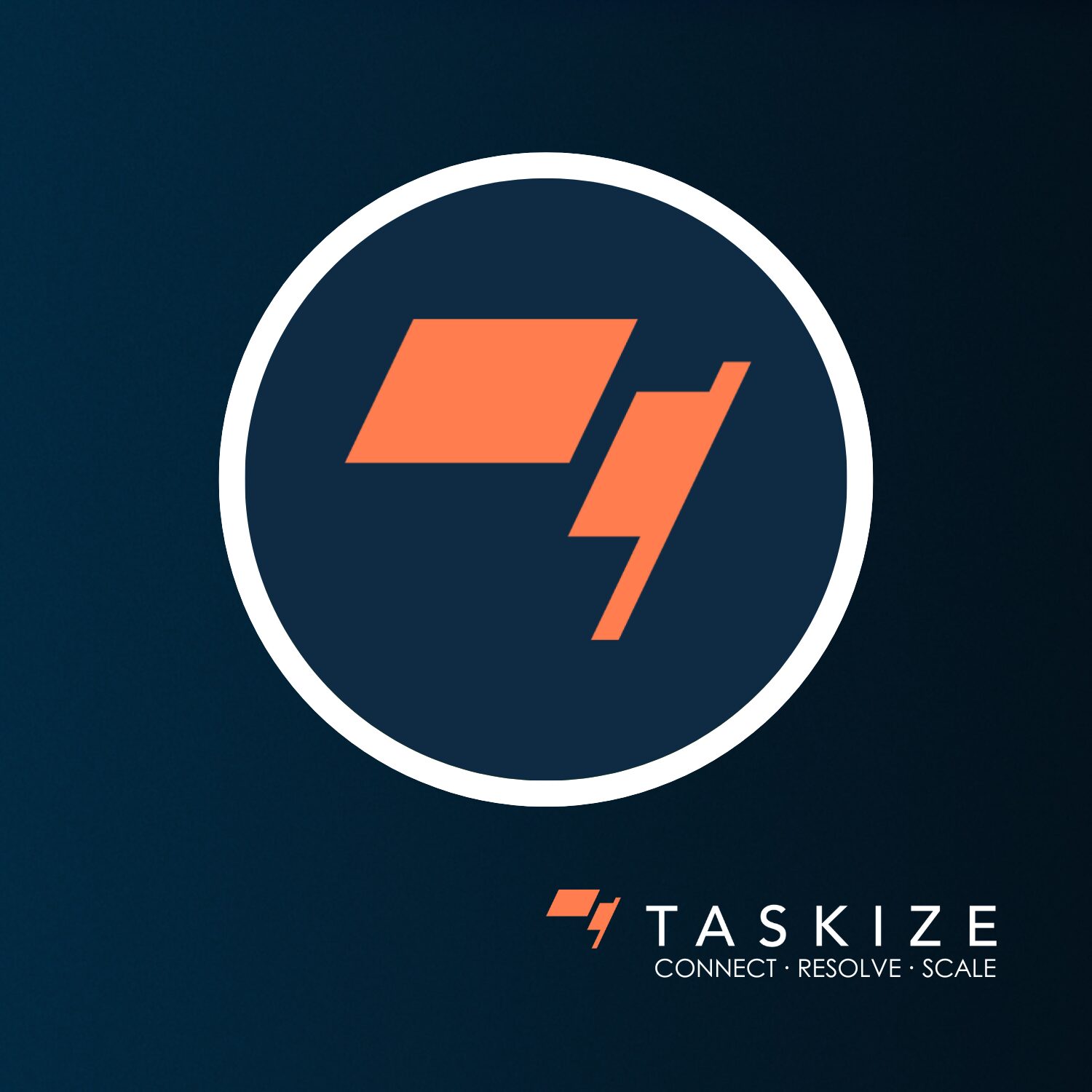Data and automation prove key to enabling T+1
The long, hard march towards T+1 settlements in Europe keeps grinding on.
During the Association for Financial Markets in Europe’s (AFME) OPTIC Conference in Amsterdam, Helen Adair, Chief Product Officer at Taskize, spoke about what the industry needs to do if it is to become T+1 ready by October 2027.

The hard work starts now
Financial institutions are in a race against time as Europe’s T+1 deadline gets progressively closer.
“We are just around the corner from 2026, and the window for getting ready for T+1 – whether that is agreeing budgets or making decisions – is getting narrower with each passing month,” according to Daniel Carpenter, CEO of Meritsoft, speaking at OPTIC. “If your firm is not thinking seriously about T+1 today, then you are at a very real risk of missing the boat.”
Unlike in the US, the nature and structure of Europe’s capital markets is set to make T+1 compliance much harder. This underlines just how important it is that firms give themselves plenty of time to prepare for the changes.
Get a new data strategy in place
Getting data management right will help put firms on a more stable T+1 footing.
Earlier in the year, Firebrand Research found that while sub-par inventory management practices were responsible for the majority of settlement fails on the European Central Bank’s (ECB) Target2Securities (T2S) Platform, nearly a quarter (21%) were caused by data issues.
These T2S settlement fails resulted in financial institutions paying out EUR 70.43 million in penalties each month in 2024 – a substantial sum given the downward pressure currently being exerted on margins and revenues. And the penalties will only get worse when T+1 takes effect, especially if organisations fail to develop comprehensive data strategies.
Adair explains that a sensible starting point is for firms to aggregate static trade data - such as Standing Settlement Instructions (SSIs) – before the trade actually happens instead of afterwards:
“There needs to be a cultural shift in how we approach trade lifecycle management. We need to completely re-engineer our approach to collecting static data. In short, this means front-running certain data management activities, which have historically been carried out during the post-trade stage of the transaction. There is nothing stopping firms from collecting SSIs when they perform client boardings or KYC, instead of after when the trade has been executed.”
By gathering as much static data as possible prior to trade execution, greater efficiencies will be realised during the post-trade leg of a transaction, allowing for a more streamlined settlement process to prevail.
It is not just onboardings where improvements need to be made - traders also have a role to play.
Traders are – after all – responsible for the quality of the reference data and instructions in the trade files, which are processed by the middle and back office, ahead of settlement. If these files are missing critical information or if the data is inaccurate, both of which are fairly common occurrences, then the chances are that trades will not settle as planned. As T+1 gets nearer, firms will need to make sure that their front office teams populate trade data files properly.
Anything short of automation will not suffice
Just as data management is a key criterium for T+1 success, so too is automation.
“In the US, human resource was increased to deal with T+1. This will not be possible in Europe as the market is more complex,” Adair comments. Eschewing manual processing in favour of enterprise-wide automation is the only option available to financial institutions if they are to flourish in a T+1 ecosystem.
Doubling down on automation will help firms comply with T+1, but it will also mean they are well-positioned to deal with other upcoming potential market changes, such as T+0 or real-time settlements, and even 24/5 trading, the latter of which is being actively considered by several US exchanges, including NASDAQ and CBOE Global Markets, a point made by Carpenter.
Engaging with leading providers will be crucial to helping firms navigate T+1.
Taskize has a proven track record of delivering better collaboration, communication and workflow automation at firms, allowing businesses to replace email and laborious manual practices. This reduces the chances of human errors at firms and expedites operational processes, which ultimately translates into cost savings.
The Taskize platform’s real-time data analytics is also providing a useful boost to settlement efficiency.
You May Also Like
These Related Stories

Getting costs under control through automation

2025 Predictions – T+1 in Europe

No Comments Yet
Let us know what you think